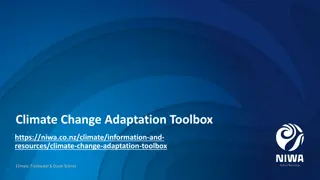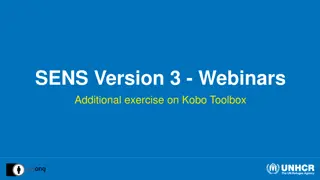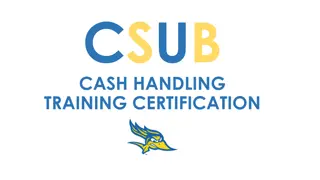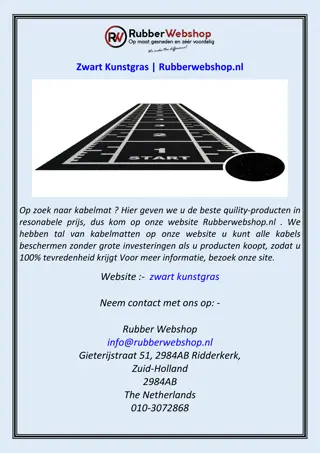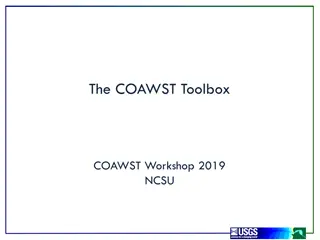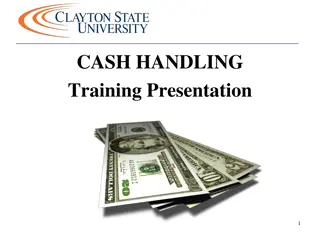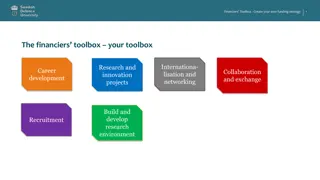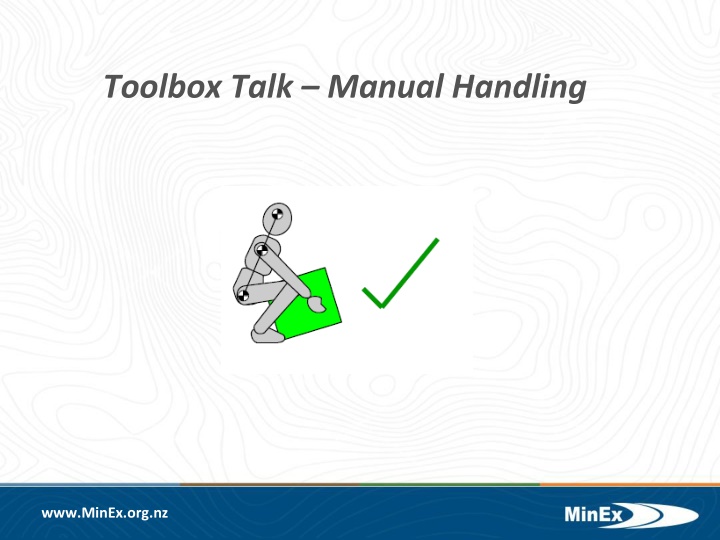
Effective Manual Handling Tips to Prevent Workplace Injuries
Learn key principles and techniques for safe manual handling to avoid injuries at work. Understand why manual handling is a major cause of workplace incidents in New Zealand and discover ways to minimize risks and lift weight safely. Remember, it's vital to follow proper handling techniques to protect yourself from potential injuries and maintain a safe working environment.
Download Presentation

Please find below an Image/Link to download the presentation.
The content on the website is provided AS IS for your information and personal use only. It may not be sold, licensed, or shared on other websites without obtaining consent from the author. If you encounter any issues during the download, it is possible that the publisher has removed the file from their server.
You are allowed to download the files provided on this website for personal or commercial use, subject to the condition that they are used lawfully. All files are the property of their respective owners.
The content on the website is provided AS IS for your information and personal use only. It may not be sold, licensed, or shared on other websites without obtaining consent from the author.
E N D
Presentation Transcript
Toolbox Talk Manual Handling www.MinEx.org.nz
Why a talk on manual handling? Because it s one of the major causes of injury in New Zealand workplaces Because it s effects can last a lifetime www.MinEx.org.nz
How to minimise risk Avoid manual handling! Mechanise the task if possible Break the load down into smaller items if possible Get someone else to help you with the lift Warm-up before you carry out any manual handling (A lot of our injuries occur first thing of after a break) Ensure where you are going to walk is free from obstructions Wear gloves if necessary www.MinEx.org.nz
Key principles of safe handling Assess the weight before you lift it! Maintain a natural upright posture Create a good stable base with your feet Always use the large leg muscles Keep the load close to your body Do not twist while you re carrying the load www.MinEx.org.nz
Good handling technique Stand reasonably close to the load, feet hip-width apart, one foot slightly forward pointing in the direction you re going. Bend your knees and keep your back straight. Get a secure grip on the load. www.MinEx.org.nz
Good handling technique Breathe in before lifting as this helps to support the spine. Use a good lifting technique, keep your back straight and lift using your legs. Place your feet in the direction of travel Keep the load close to your body. www.MinEx.org.nz
Good handling technique Don t carry a load that obscures your vision. Lift slowly and smoothly. Avoid jerky movements. Avoid twisting your body when lifting or carrying a load. When lifting to a height from the floor, do it in two stages. When two or more people lift a load, one person must take control to co-ordinate the lift. www.MinEx.org.nz
A guide on lifting weight www.MinEx.org.nz
Summary Don t Struggle The maximum weight you should be lifting is that which is comfortable for you Check the load before you lift it not just for the weight but also to assess the centre of gravity and to check for any sharp objects or protrusions Use leg power not arm power. Don t trigger months of back pain by being too proud to ask for some help. www.MinEx.org.nz
Thanks to Safequarry.com in the UK for this information. wayne@minex.org.nz mobile: 021 944 336 www.MinEx.org.nz

